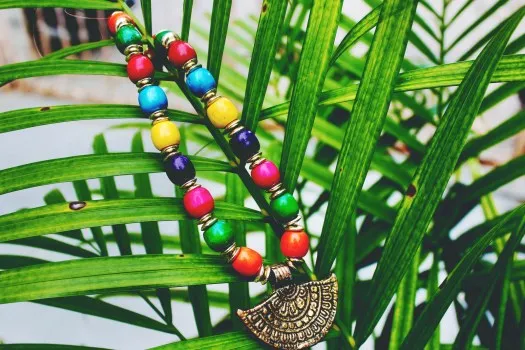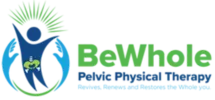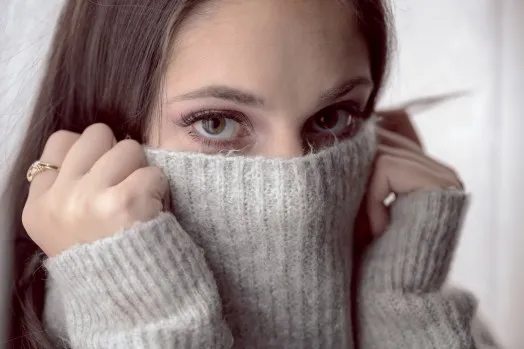Painful Bladder Syndrome (P.B.S.) is bladder pain, know to affect women primarily but this can affect men and children too. This presents with the classic symptoms of urinary frequency, urinary urgency, and bladder pain. In this post all of this is addressed, along with helpful tips to manage painful bladder syndrome ( P.B.S.) and physical therapy for this condition. This is also called Interstitial Cystitis /I.C. There are about 12 million with the diagnosis of Painful Bladder Syndrome/ Interstitial Cystitis/I.C. don’t feel alone, there is help and hope and its a matter of finding it .
Definition :Over sensitivity of bladder weather or not inflammation is present PBS/Interstitial cystitis/ I.C.

Other conditions that can coexist with Interstitial Cystitis/I.C.
Allergies
Migraines
Vulvodynia
Fibromyalgia
Sensitive skin
Bladder Anatomy :
The bladder is a muscular bag that stores urine until ready to be expelled from body .The triangular lower end of the bladder is called the Trigone.Trigone of the bladder is estrogen dependent.So what occurs in the vagina, the trigone of the bladder will experience the same, like an infection or irritation. This is the part of the bladder that is sensitive to pain.To know more of the bladder anatomy click here
The Diagnosis of Painful Bladder Syndrome is based on
Presence of bladder pain , urinary frequency and urgency
Rule out other diseases that could cause the same symptoms.
APF biomarker .This is a test to detect APF in the urine but this is in the preliminary stages of development.
Amino acid marker : People with Painful Bladder Syndrome /I.C. process the amino acid Tryptophan differently from those that do not have P.B.S. / I.C .This is also in the developmental stages .
Possible wrong Diagnoses of the Interstitial Cystitis/I.C.are
- UTI
- Overactive bladder
- Hemorrhagic Cystitis
- Pudendal Neuralgia
- Prostatitis
- Endometriosis
Homeopathic remedies for UTI
6 Steps of Painful Bladder Syndrome / I.C. Treatment according to American Association of Urology
Step 1

- Drink water: Drink enough water to keep the urine not too concentrated. If the color of the urine is yellow its too concentrated , if its clear you are probably drinking too much water.
- Diet modification : IC diet
- Muscle relaxation : to improve the blood flow to the pelvic muscles ,or a relaxation class
- OTC supplements : Acid neutralising/ reducing products such as Prelife,Acid Zap, Javacid, Cysto Renew , Cysto Protek,,Cysta Q, Desert Harvest Q (consult you Dr before taking any medications)
Step 2
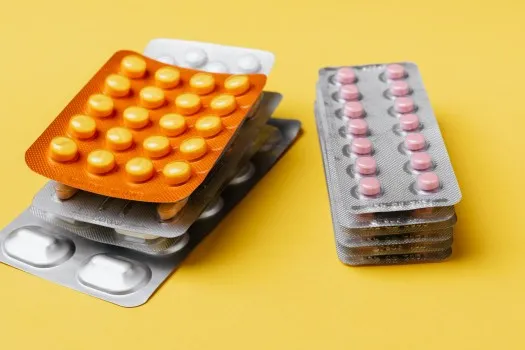
- Oral medication :
- Elmiron : has side effects such as hair loss, diarrhea , change in liver enzymes .
- Antihistamine
- Low dose antidepressant : may help to calm the nerves, may have some side effects
2. Bladder instillations: Rescue installations,coats your bladder and helps to numb the bladder.
3. Pelvic floor Physical Therapy: A study in 2008 found Pelvic PT to be very effective in reducing the symptoms of Interstitial Cystitis I.C. A vast majority of patient’s with IC have PFD ( pelvic floor dysfunction ) ie the pelvic floor muscles get spastic and are not functioning properly.
Step 3
- Treatment of Hunner lesions :Hunners Ulcer,, associated with gross inflammatory response of the bladder and it is usually not missed to diagnose and it is generally biopsied to rule out any bladder cancer.Very small % of patients actually have these lesions.Treatment can include
- Fulguration
- Laser Therapy
- Steroid Injection.
- LiRIS /LiNKA
2. Hydrodistention with Cystoscopy : currently done as a diagnosis and not as a treatment option but can vary based on the Dr’s school of thought.
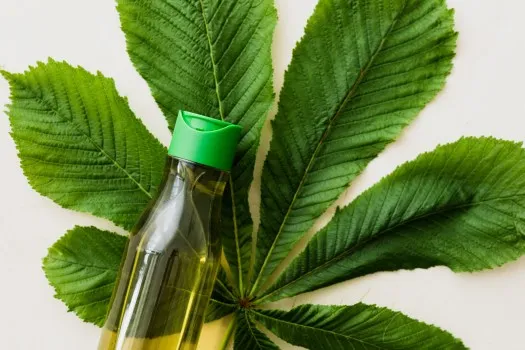
Step 4
1. Neuromodulation that targets nerves: Reregulation of those nerves can help with pain.
2 Types
1. Sacral/Pudendal ( Surgical)
2. Post Tibial nerve ( Non surgical) known as Urgent PC .PTNS: PercutaneousTibial nerve stimulation to decrease the pain memory in chronic pain to down regulate the pain in the conscious and subconscious level .Success rate of 70 %, treated twice a week for 6 weeks and reevaluate with a gradual weaning off of the treatment as per the patient’s response.
2). BoTox: Helps numb and calm the nerves
Step 5
1. Experimental procedures: Strong steroid and immuno suppressant medications
Step 6
Surgery: Bladder removal .Surgical option is the last option and most people with IC respond well to options listed prior to step 6.There are different surgical procedures.
Women and Painful Bladder Syndrome / Interstitial Cystitis

P.B.S./I.C. during Pregnancy:
There is limited scientific data on the subject of pregnancy and IC.In the study conducted in 1989 it was found that the IC symptoms did not change much until the 3rd trimester and even in the last semester showed a small change in symptoms.Closely coordinate you plan of treatment during pregnancy with your ObGyn.
P.B.S./I.C. and Genetics:
IC was found to have a small genetic component, meaning you could pass it on to your baby. Research shows environmental influences to be greater than genetic predisposition towards IC.
P.B.S./I.C. and Conception:
IC dose not seem to influence the ability of a woman to conceive. Bladder pain from IC can interfere with sexual activity but IC was not found to interfere with the actual conception when able to engage in sexual activity.Timing inter course to when most fertile or during ovulation could be one way to cope with pain and plan conceiving a baby.
Painful bladder Syndrome /I.C. and lovemaking /Intimacy :
As per reports an estimated 85% of women with Interstitial cystitis suffer from Vulvodynia. The aspect of sexuality is not generally addressed, Dr’s do not talk much about this with their patients. Interstitial cystitis can affect all aspects of sex.Many may have pain with intercourse and an I.C. flare up following intercourse.This can lead to a viscous cycle of avoidance,decreased desire, guilt, depression and relational stress.Men may have the same complaints coupled with erectile dysfunction and painful ejaculation.
Tips for Intimacy:
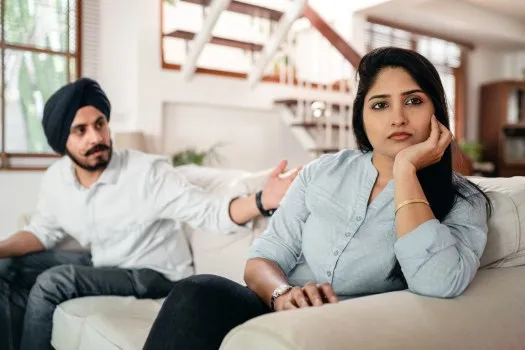
- Try to plan intimacy when you feel your best, for eg after receiving some I.C. treatments that can help with pain.
- Try out some products out before you use them with your partner, such as any sex toys or a particular lubricant.A successful trial by your self can be boost your confidence and interest in lovemaking.
- Think outside the box. Is there anything else you can do other than the traditional penetrative intercourse ? How about outercourse?
- Work with a psychologist/counselor, if you are getting depressed, or even a sex therapist or a sexual medicine specialist.
Painful bladder Syndrome and Men
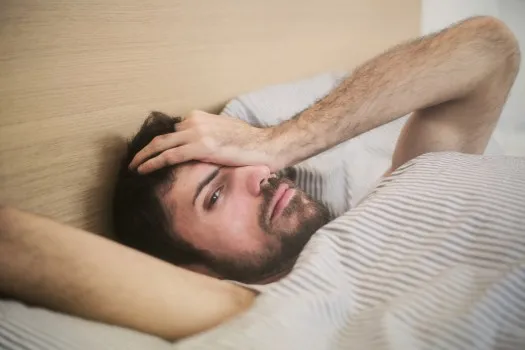
- The diagnosis of I.C. in men can be missed due to the fact that I/C. is not as common in men, and the symptoms mimic other conditions, such as prostatitis,chronic pelvic pain, prostate enlargement and urinary tract infection or prostate infection.
- One of the factors that has been found in men with IC is the urine marker for APF(antiproliferative factor ).
- Men are less likely to report and seek out help for pelvic pain.
- Pelvic floor dysfunction is prevalent in male population with I.C. as well.Internal massage of the pelvic floor muscles is done through the rectum and a good % of my male patient population are reluctant for therapy via this route. Hence pain management may continue to be an issue.
Painful Bladder Syndrome and Children
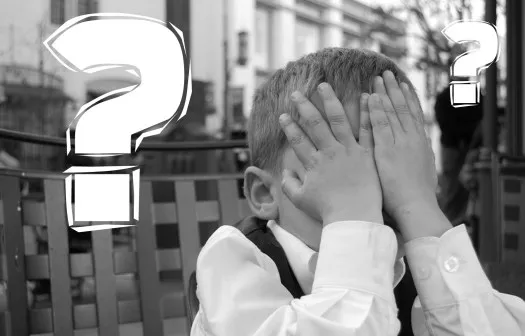
- Very little is known about I.C. in children.
- Many adults who are diagnosed with I.C. recollect symptoms since their childhood.
- Symptoms are similar to adults with urinary urgency, frequency and pelvic pain.
- Diagnosis in children is difficult and is made on exclusion i.e. ruling out all other possible causes.
- Treatment options may be the same as adults but in low doses/ pediatric doses of medicine and at the discretion of the medical team.
Physical Therapy and Painful Bladder Syndrome /Interstitial Cystitis
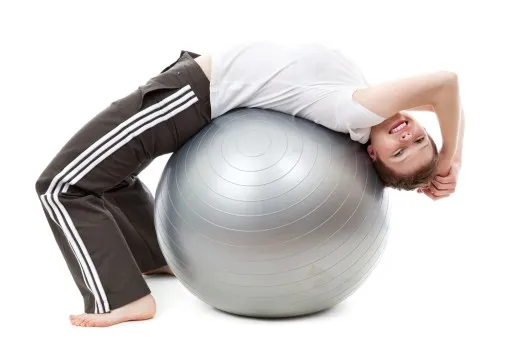
- Most of my patient’s who see me following a diagnosis of P.B.S./ I.C. are in pain and also have pelvic floor dysfunction, meaning the muscles of the pelvic floor are not relaxed and tight and upon exam I may even find trigger points in the pelvic floor muscles.
- My therapy sessions are customized and tailor made to my patients needs. I treat what I find during my initial assessment. If I find tightness I include stretching and relaxation techniques. I instruct my patients to perform this every day as home exercises to maintain the work I do with them when they see me for their session.Other Manual techniques may include
- Trigger points release.
- Joint mobilization.
- Nerve flossing / Nerve releases
- Biofeedback to help down regulate and relax the muscles or help train the muscle coordination .
- Breathing can play a key role in helping manage pelvic pain.To learn about this you may visit my post on Diaphragmatic breathing.
Conclusion
To summarise
- There is help and hope even after the diagnosis of Interstitial Cystitis or Painful Bladder Syndrome.
- There are 6 specific steps suggested by American Association of Urology when followed closely can be effective to manage I.C.
- I.C. can be seen in men, women and children.
- Physical Therapy has been found to be very effective in conjunction with other treatments to manage I.C.
